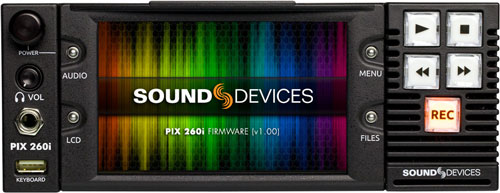Ltc Wav Smpte
A very low-tech solution could be to obtain some LTC as a.WAV file. You need LTC (SMPTE). Welcome to the Gearslutz Pro Audio Community! Download ltcsmpte for free. Ltcsmpte is a collection of library functions to decode and encode linear/logitudinal time code (LTC) audio to/from SMPTE timstamps.
PT HD generates TC using the Sync I/O. Skyrim Patch 1.9.32.0.8. You could get a midi interface like the motu midi timepiece that can also generate smpte from MTC. This would be the only way to do it from PT LE. Actually that's not true. Providing you just need a way to repeatedly sync the video and system, but can line it up 'by eye/ear' in the first instance, just stripe TC into the session (from some sort of TC generator), then use that as a regular audio track and pass it to the TC reader of your chosen video file, and sync that way. Or you could import the movie into PT (LE or HD) as a quicktime file. SMPTE doesn't need it's own track in PT - it comes direct from the session.

For my bachelors degree I have decided to score music to film and have come to realise that the SMPTE time code is crucial in order to synchronise professionally/efficiently the music to screen and haven't found any posts based on that. Is there a function in Pro Tools that automatically creates the SMPTE timecode in it's own designated track in the DAW? Is there anyone else who was stumbled into the same trap? MatiasWhat are you syncing? Are you using an external video playback device? As long as everything is in the same session you are fine.
If you are syncing to any external digital devices you not only need timecode, but clocking information as well (most commonly blackburst). Satellite mode offers a lot of great benefits over the 'old' way of syncing a video playback machine and several PT rigs together. Yep, what they said. You need LTC (SMPTE) to provide your positional information. This would come from the Sync HD or I/O.
A clock reference could come from a blackburst generator (most commonly), and your transport control could be handled by machine control.Or you could convert the video to quicktime and import it into your session. Specifically though, if you have all that in place, The type (framerate) that is generated as well as the clocking information can be found under the Session Setup window (Command + 2). In that same window, check 'using sync' under the 'generate timecode' section.
SMPTE EBU timecode by Phil Rees Synchronisation and SMPTE timecode (time code) This document is a description (mainly technical, but not requiring extensive prior knowledge) of the synchronization system, especially the 'LTC' timecode sync tone which can be recorded onto the audio track of a video tape or onto an audio tape. Hindi Ttf Fonts For Android. Other are also mentioned.
Some supporting information on the related subjects of and is included. There is also a concise description of the representation as used in the SMPTE (or EBU) timecode (time code). My original reason for exploring this subject technically was to develop a low cost, which was a frequent customer request, and a logical addition to. Our Time Code tape sync unit, which supported SMPTE (including format) and, was called the TS1 and was for over a decade a successful and highly-respected product. Systems When you require pieces of audio, video, or music technology equipment (eg. Tape recorder and sequencer) to work together, you may need some means to make sure that they play in time with each other. This is called 'synchronisation' or 'synchronization', which gets shortened to 'sync' or even 'synch'.
Magnetic tape-recorder track is the region of the tape that is scanned by one recording head element. It can, for example, carry an audio signal, that is an electronic analogue of a stream of sound.
In order to use an audio track to record sync information, the information must be encoded into an audio-compatible signal, called a sync tone. An audio tape track on which a sync tone has been recorded is called a 'stripe'. It is desirable that the synchronised devices can join in wherever you start up the sync tone, even if it is not at the beginning of the stripe; this is called 'chasing'. The SMPTE/EBU timecode standard defines the predominant internationally accepted standard for a sync tone and it allows devices to 'chase' or locate to a precise position.